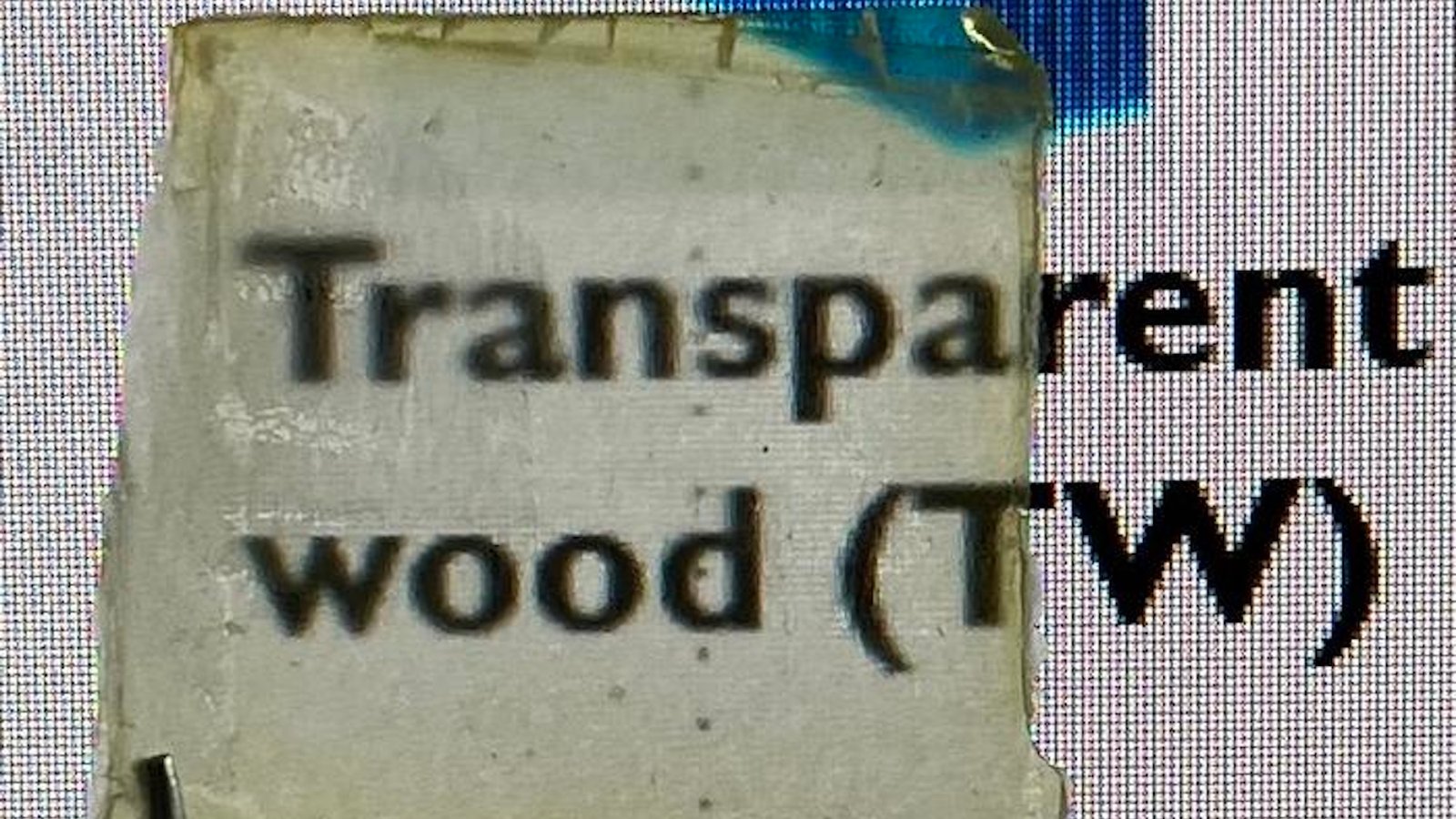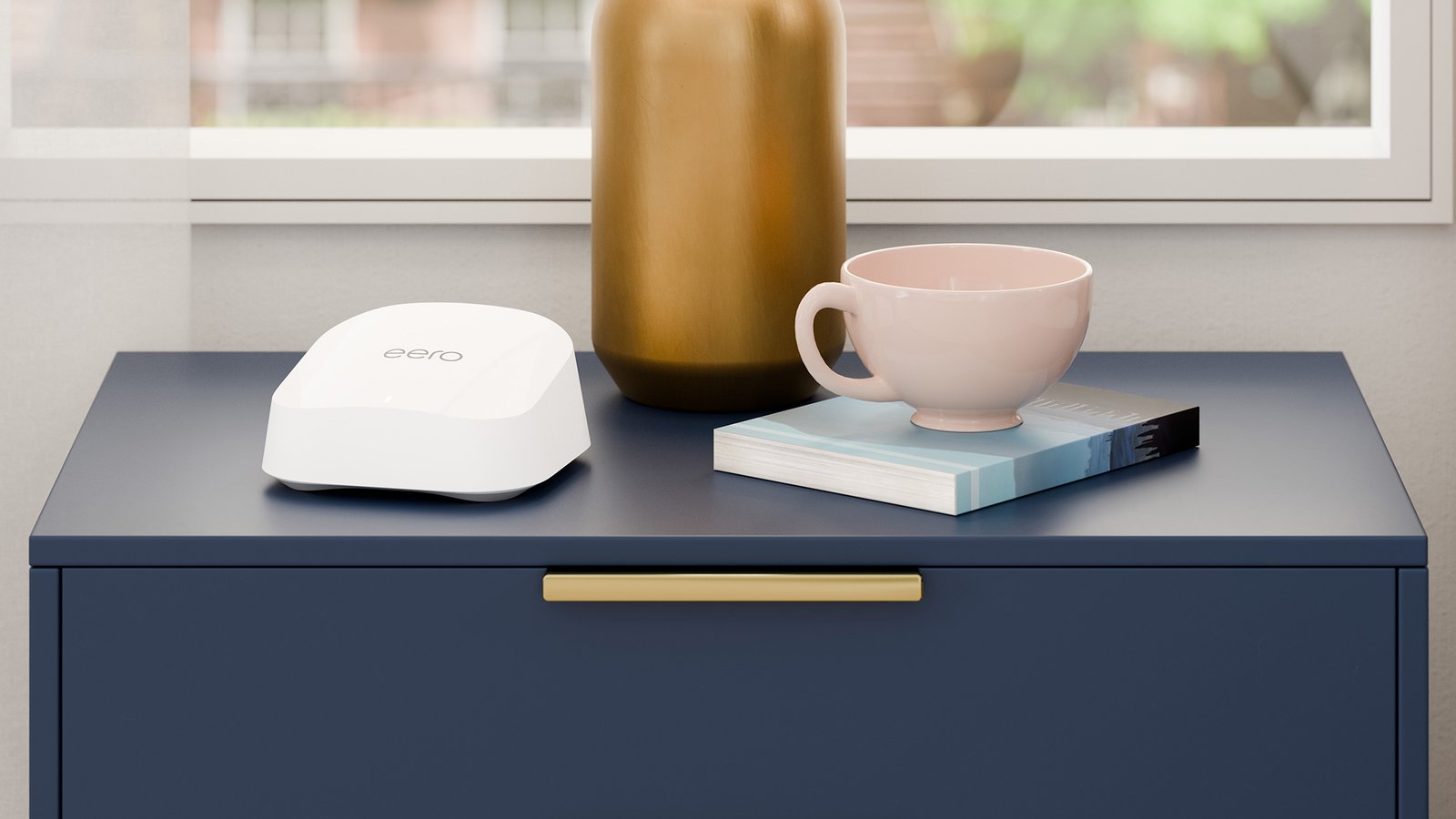
Glass is a vital component to construction projects, but it’s also one of the most environmentally troublesome. It isn’t naturally biodegradable, often difficult to recycle, and sometimes more harmful to the environment than plastic. Experts have spent years experimenting with eco-friendly updates to glassmaking, but the basic manufacturing methods have remained largely the same for thousands of years. Instead of attempting to improve glass itself, researchers are testing how to replace it entirely with alternative transparent materials—including chemically modified wood.
“In the modern day, plastic is everywhere, including our devices that we carry around. And it’s a problem when we reach the end of that device’s life. It’s not biodegradable,” Kennesaw State University chemistry professor Bharat Baruah said ahead of the American Chemical Society’s spring meeting.
Baruah, a woodworking hobbyist, recently wondered if his pastime’s principal material could serve as a viable glass replacement. Of course, there’s likely a glaring issue when you try envisioning a wood windowpane: it’s probably pretty opaque.
This is where Baruah’s chemistry expertise came into play. Wood consists of three main components: cellulose, hemicellulose, and lignin. But if you remove the latter two parts from a sheet of wood, what’s left is a paperlike, porous web of cellulose. To do this, Baruah and their undergraduate assistant Ridham Raval placed balsa wood into a vacuum chamber with an array of chemicals including the delignifying agent sodium sulfite, a type of lye, and diluted bleach.
The final inspiration for transparent wood came from Baruah’s childhood in northeastern India. Buildings there have stood for centuries thanks to an ancient form of cement made from mixing sand, sticky rice, and egg whites. Baruah theorized that applying the same ingredients to the balsa cellulose could harden and reinforce it enough to use in a small, test construction project.
Get the Popular Science newsletter
Breakthroughs, discoveries, and DIY tips sent every weekday.
The duo’s results were a selection of semi-transparent wood slices that maintained their durability while also remaining flexible. Bringing things full-circle, Baruah then altered a wooden birdhouse to accommodate a small window made from the augmented wood. After placing the birdhouse under a heat lamp, the team recorded an internal temperature 9–11 degrees Fahrenheit cooler than when the small home had a glass pane—implying similar material may one day offer an energy-efficient alternative.
Transparent wood’s utility could expand beyond construction projects, too. In a separate experiment, Baruah and Raval threaded silver nanowires into certain samples to demonstrate their potential use in solar cells, wearable sensors, and coatings. While the silver nanowires aren’t biodegradable, replacements like graphene could keep the design eco-friendly.
Wood window panes aren’t ready for home installation just yet. Baruah conceded that more work needs to be done to improve its transparency. And while the small amount of hemicellulose- and lignin-removing reagents used in the experiment ensured it remained environmentally safe, scalability may be an issue. Regardless, the advances offer a promising potential path forward for sustainable, cheap glass replacements.

More deals, reviews, and buying guides
The PopSci team has tested hundreds of products and spent thousands of hours trying to find the best gear and gadgets you can buy.











